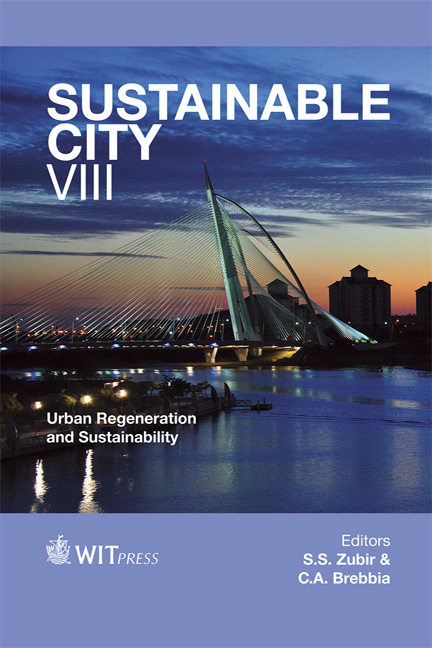Urban Metabolism Using Economic Input Output Analysis For The City Of Barcelona
Price
Free (open access)
Transaction
Volume
179
Pages
11
Page Range
27 - 37
Published
2013
Size
261 kb
Paper DOI
10.2495/SC130031
Copyright
WIT Press
Author(s)
F. A. Shafie, D. Omar, S. Karupannan & X. Gabarrell
Abstract
Environmental impacts of cities are a growing concern because of the expanding population, growing demand of natural resources and production of pollutants to the environment. The urban metabolism concept stands on the basic ground that all the movement or flow of materials within an urban system can be accounted systematically. The Economic Input–Output analysis method is applied to the city of Barcelona, Spain as a system boundary to estimate the materials and energy resources required for and the environmental emissions resulting from activities in the economy. Economic input–output analysis is used as an approach to analyze a town metabolism with a demand-based approach. Many inputs and outputs ranging from residential, transportation, consumptions and services can be looked upon in the urban system. Some of the resulting impact of a city are not always immediate and direct, therefore only a complete examination of the urban system could observe those resulting impacts. Through urban metabolism approach, decision are hoped to be made in a more deliberate and systematic way. Limitation to the practice of urban metabolism via economic input–output analysis such as lacking of local and regional data is also addressed. Keywords: urban metabolism, economic input–output analysis, greenhouse gases emission intensity, Barcelona.
Keywords
Keywords: urban metabolism, economic input–output analysis, greenhouse gases emission intensity, Barcelona.





